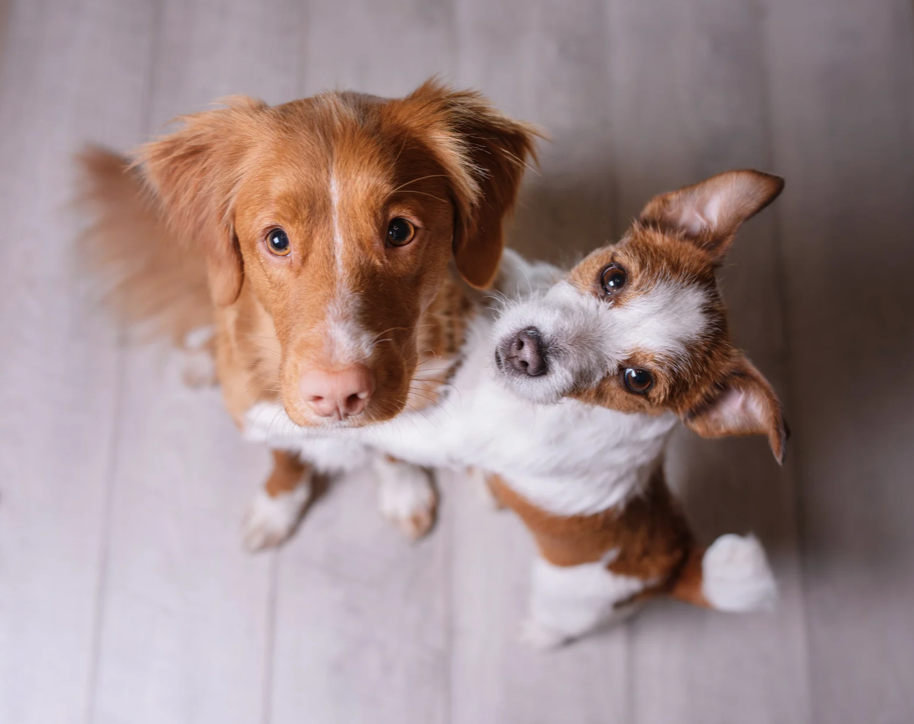
Helping Your Special Dog with Playtime
Every dog, regardless of their abilities, craves social interaction. Special needs dogs – whether they are physically challenged, blind, deaf, or have behavioral concerns – are no exception. That’s why it’s important to be mindful of your dog’s unique needs so they can have a “pawsitive” playtime experience! Here are some of our tips and tricks to help you ensure that your dog’s playtime is always enjoyable!
Understand Your Special Dog
Familiarize yourself with your dog’s specific challenges. For example, a blind dog might be startled by sudden approaches, while a deaf dog may not respond to auditory cues. You should also observe how your dog interacts in familiar environments to gauge their comfort and response to stimuli.
Choose the Right Playmates
Introduce your pup to other dogs that are calm, patient, and have a history of positive interactions with other dogs. Avoid overly boisterous or dominant dogs that might inadvertently harm or intimidate your special dog. For more information on choosing the right playmate for your dog, check out this article by The Wildest.
Select a Safe Environment
Choose a quiet, enclosed area for introductions to reduce distractions and prevent the possibility of dogs running away. Remove any obstacles or hazards that might pose a problem for your dog. For instance, if your dog has mobility issues, ensure that the ground is even. If your dog is blind, make sure there aren’t any sharp corners that your dog can bump into.
Use Positive Reinforcement
Reward your dog and their playmates with treats and praise when they interact gently and calmly. This helps in creating positive associations with other dogs and reinforcing desired behaviors. Want some fun treat ideas that your dog will love? Check out our blog on dog-safe human snacks!
Supervise Playtime
Always be present and actively monitor your dog’s interactions. Step in calmly if play becomes too rough or if either dog seems stressed or overwhelmed.
Start Slow
Begin introducing your special dog to others with short play sessions and gradually increase the duration as your dog becomes more comfortable. Consider using a leash or long line initially to ensure you can quickly intervene if necessary.
Educate Other Dog Owners
Inform others about your dog’s special needs and any specific behaviors they should be aware of. Kindly ask them to intervene or recall their dog if the play gets too rough.
Trust Your Instincts
As the owner, you know your dog best. If something doesn’t feel right, it’s okay to end the play session and try again another day.
Seek Expert Advice
If you’re unsure about how to facilitate play or if problems arise, consult with a professional dog trainer or behaviorist who has experience with special dogs.
Have Patience with Your Special Dog
 While there may be a learning curve for facilitating playtime for your special dog, the reward is totally worth it! The companionship of another dog can provide your pup with comfort, boosted confidence, mental stimulation, and lots of fun. With understanding, patience, and the right strategies, your special dog can experience the joy of play just like any other dog!
While there may be a learning curve for facilitating playtime for your special dog, the reward is totally worth it! The companionship of another dog can provide your pup with comfort, boosted confidence, mental stimulation, and lots of fun. With understanding, patience, and the right strategies, your special dog can experience the joy of play just like any other dog!
